The Isle of Man is a destination with a deep-rooted history and unique culture, and there’s no better example of this than Hop tu Naa. Known as the original Halloween, Hop Tu Naa is an ancient festival celebrated on 31st October, with customs that go back centuries. From singing traditional songs to carving turnip lanterns, this uniquely Manx event is a must-experience for visitors in the autumn.
Here are some fun facts about this magical time of year on the Isle of Man!
1. Hop tu Naa: the Oldest Continuously Existing Tradition in the Isle of Man
While many people think of 31st October as Halloween, Hop tu Naa is actually thought to predate it. This traditional Celtic festival marked the end of the harvest season and the beginning of winter on the Isle of Man. Historically, it was a night when the spirit world was closer to our own, with people lighting lanterns to ward off any unwelcome spirits.
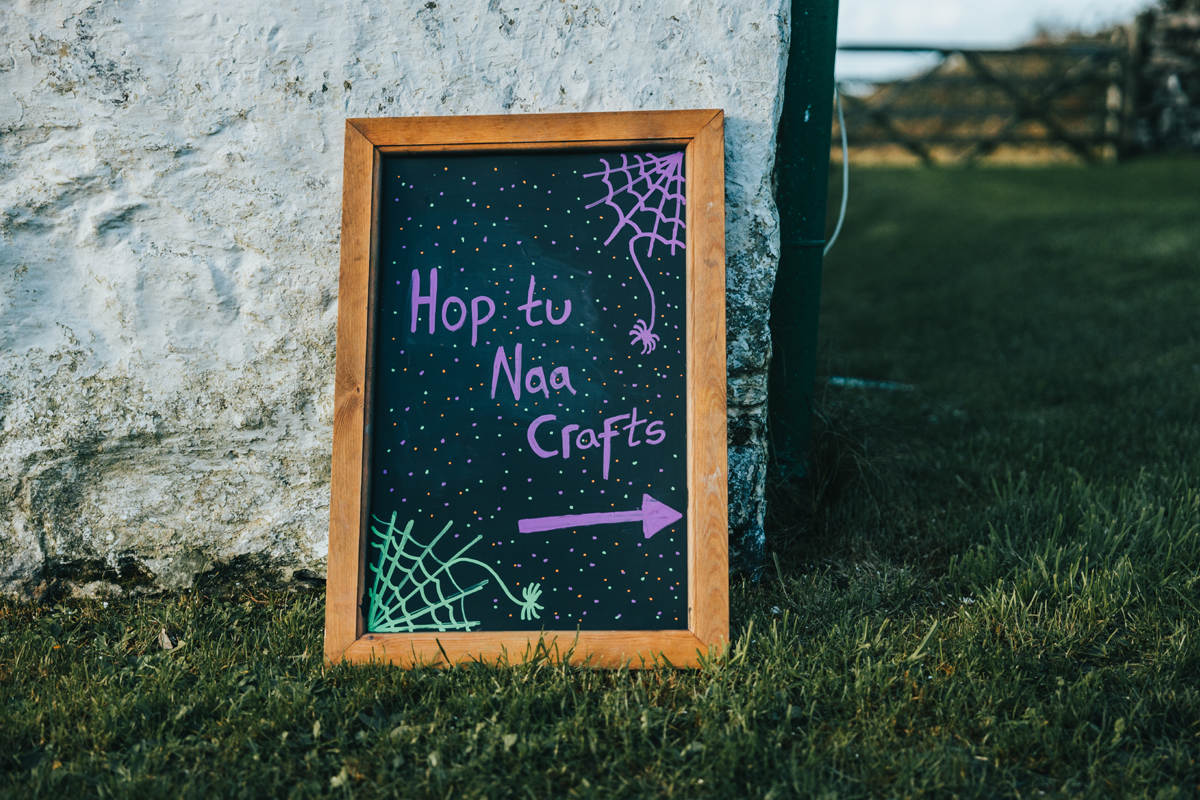
2. Turnip Lanterns: A Manx Twist on Jack-o’-Lanterns
One of the best-known Hop tu Naa traditions is carving turnip lanterns (or 'moots' as they're known locally) rather than pumpkins. These turnips, with their wrinkled, gnarled faces, create a spooky glow and add a unique charm to the Island’s autumn celebrations. This is no easy task – turnips are tough to carve but the results are always spook-tacular.
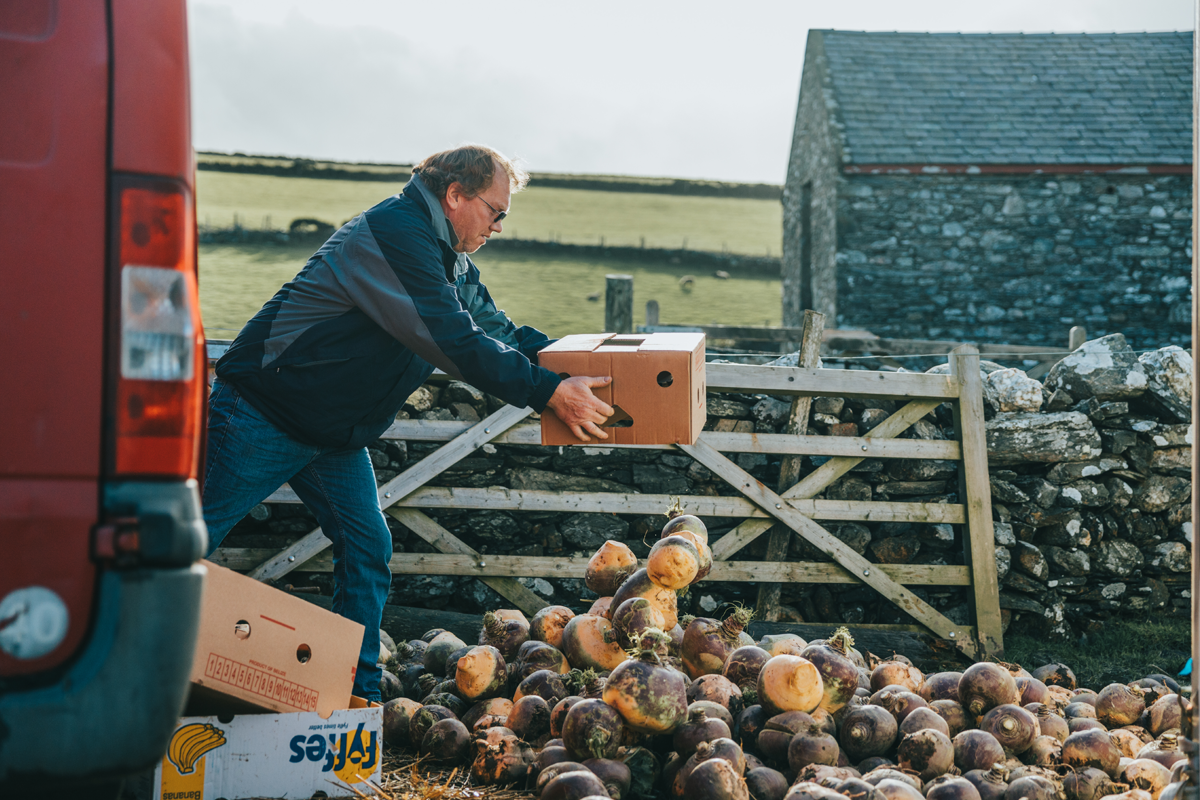
3. The Legend of Jinny the Witch
On Hop tu Naa, children go from house to house singing traditional songs, including one about Jinny the Witch. This character is unique to Manx folklore, with songs describing her as a mysterious woman living on the Isle of Man. She is both feared and celebrated, making her a unique part of the Island’s heritage and lending a touch of local mystery to the festivities.
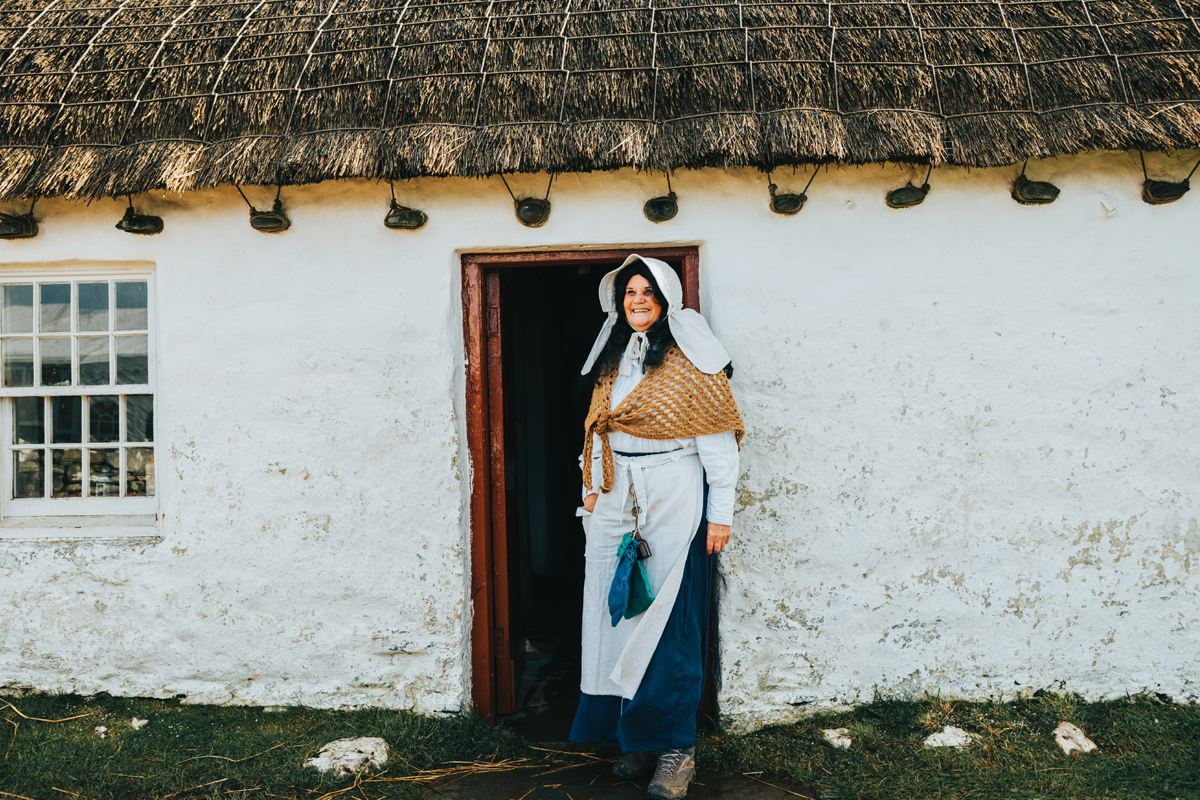
4. Divination and Fortune-Telling
Historically, Hop tu Naa was a night for divination rituals. Islanders would perform simple but mystical activities to predict the future. One common ritual involved peeling an apple in a single strip and throwing it over the shoulder, with the shape it landed in believed to reveal the first letter of a future spouse’s name. Another custom involved hiding small objects in cakes to foretell fortunes for the year ahead. These practices, while not as popular today, offer a fascinating glimpse into the island’s ancient customs.
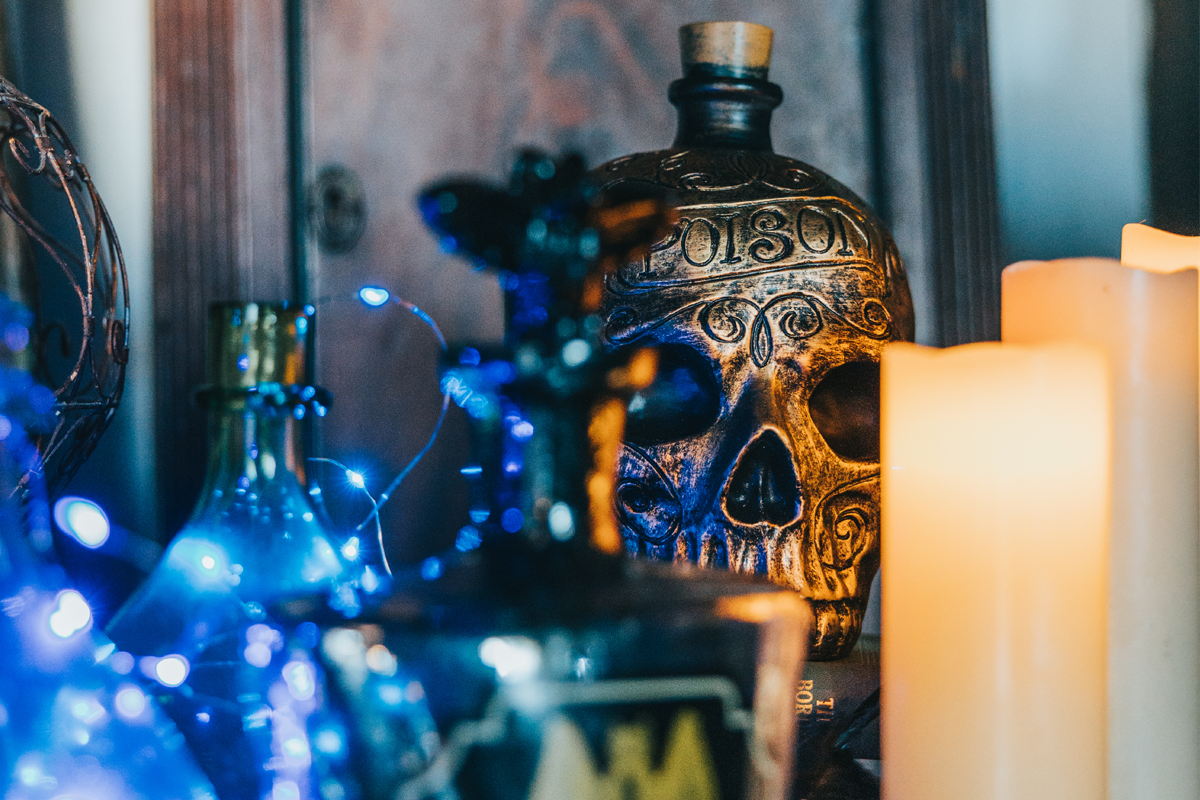
5. Traditional Hop tu Naa Food
Hop tu Naa celebrations often involve traditional Manx foods. Among the most popular treats are Manx bonnag (a type of bread) and parkin cake, a spiced treat that’s perfect for chilly autumn nights. While modern sweets have found their way into Hop tu Naa festivities, these traditional foods remain a special part of the Manx Halloween experience.
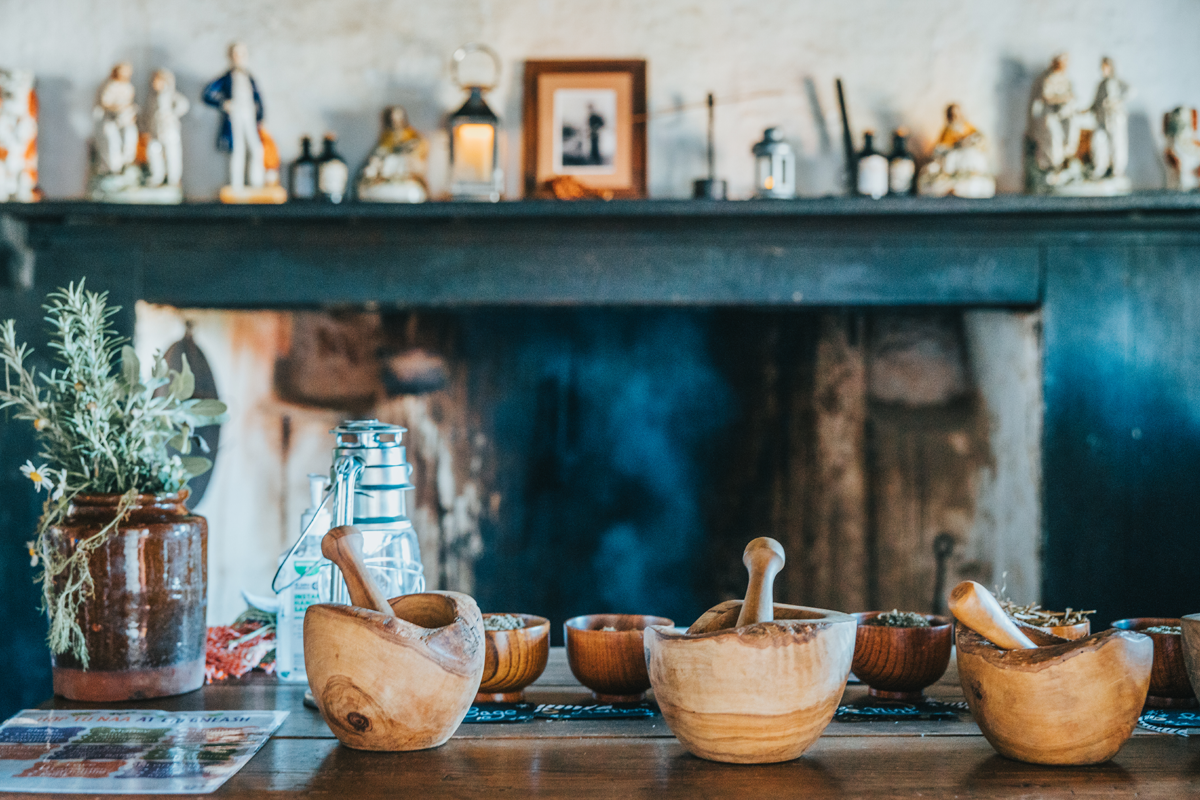
6. Costumes Inspired by Manx Folklore
While Halloween costumes are often scary or fantastical, Hop tu Naa costumes have a local twist. Islanders dress up as characters from Manx folklore, like Jinny the Witch or the mischievous Laa Luanys. Today, there’s a fun blend of classic and modern costumes, but the focus on local folklore gives Hop tu Naa a distinct Manx flavour.
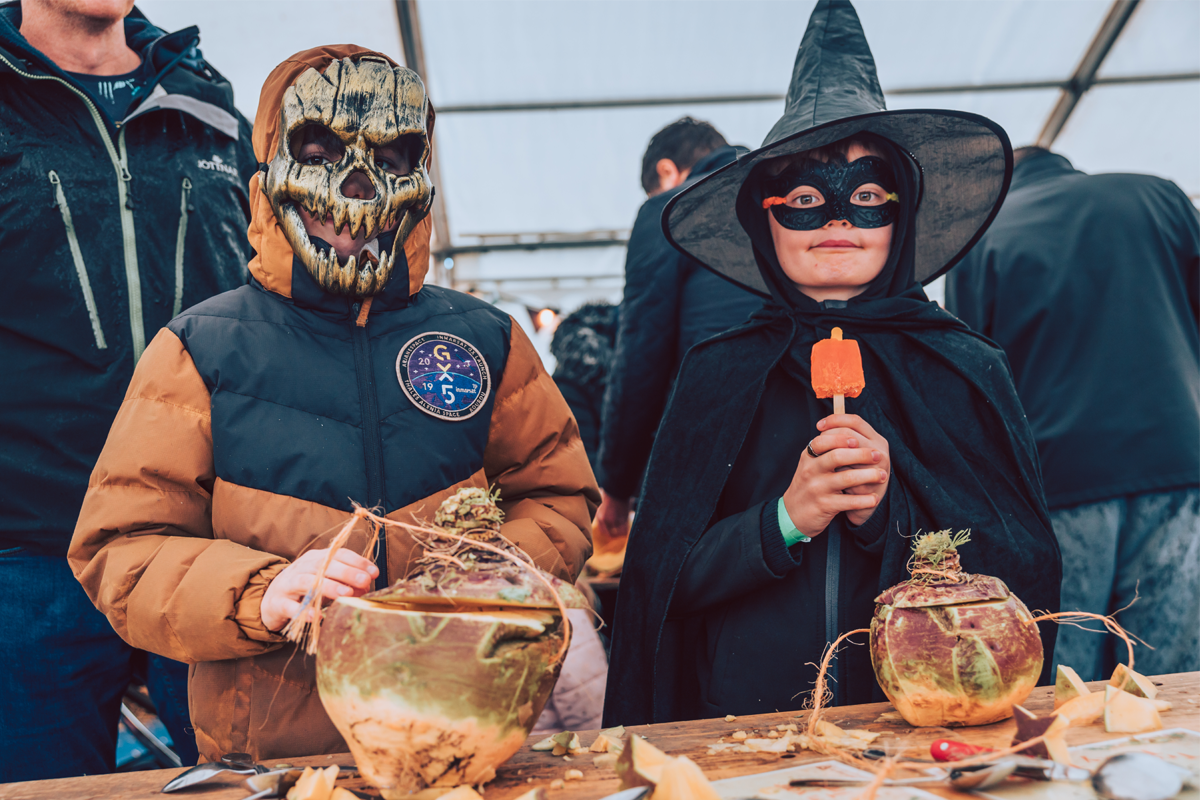
7. Hop tu Naa on the Isle of Man Today
Today, Hop tu Naa is a celebrated part of the Island’s calendar, with festivals and community events held across the Isle of Man. Visitors can join in on the festivities, sing along to Hop tu Naa songs, and even try their hand at traditional turnip carving. Experiencing Hop tu Naa is an unforgettable way to immerse yourself in the culture and folklore of the Isle of Man.
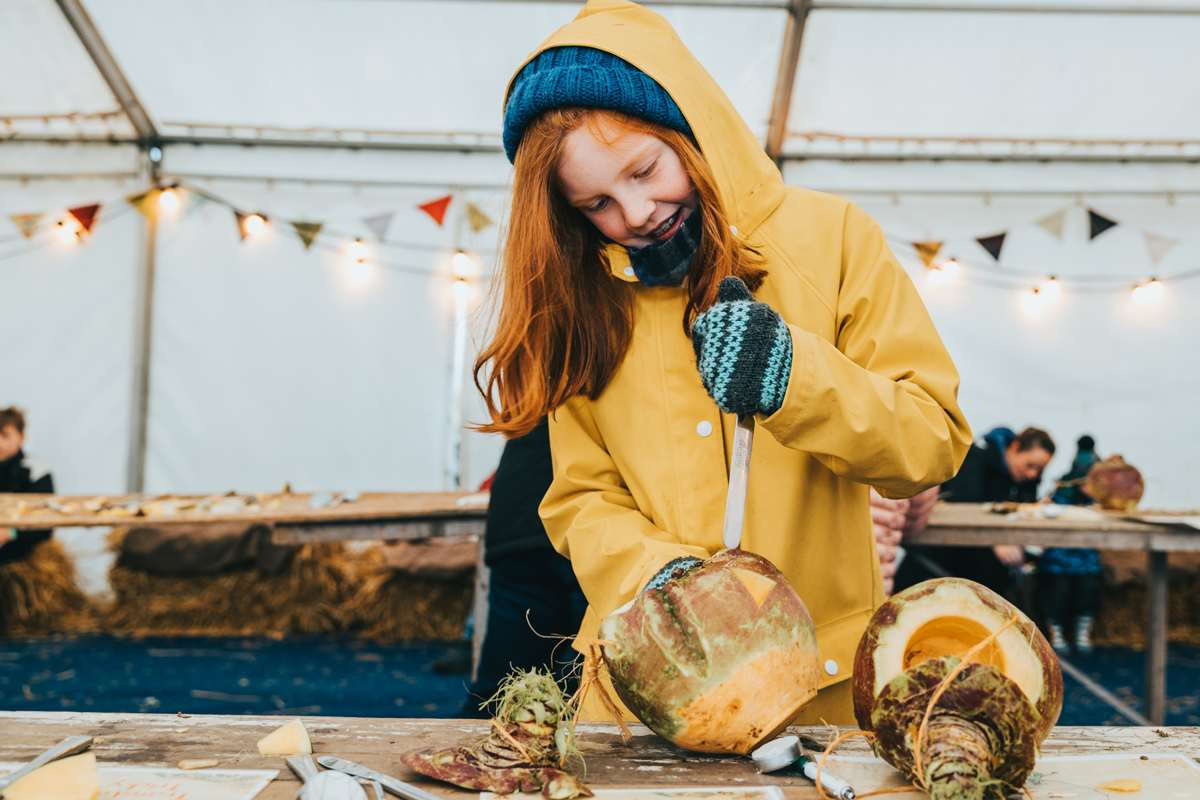
Planning a Visit to the Isle of Man for Hop tu Naa?
With its rich history, unique customs, and friendly community, the Isle of Man is an extraordinary destination, especially during Hop tu Naa. Whether you're a lover of folklore, a Halloween enthusiast, or simply curious about Manx culture, this festival offers a wonderful way to experience the Island in the autumn.






ویپ اسموک